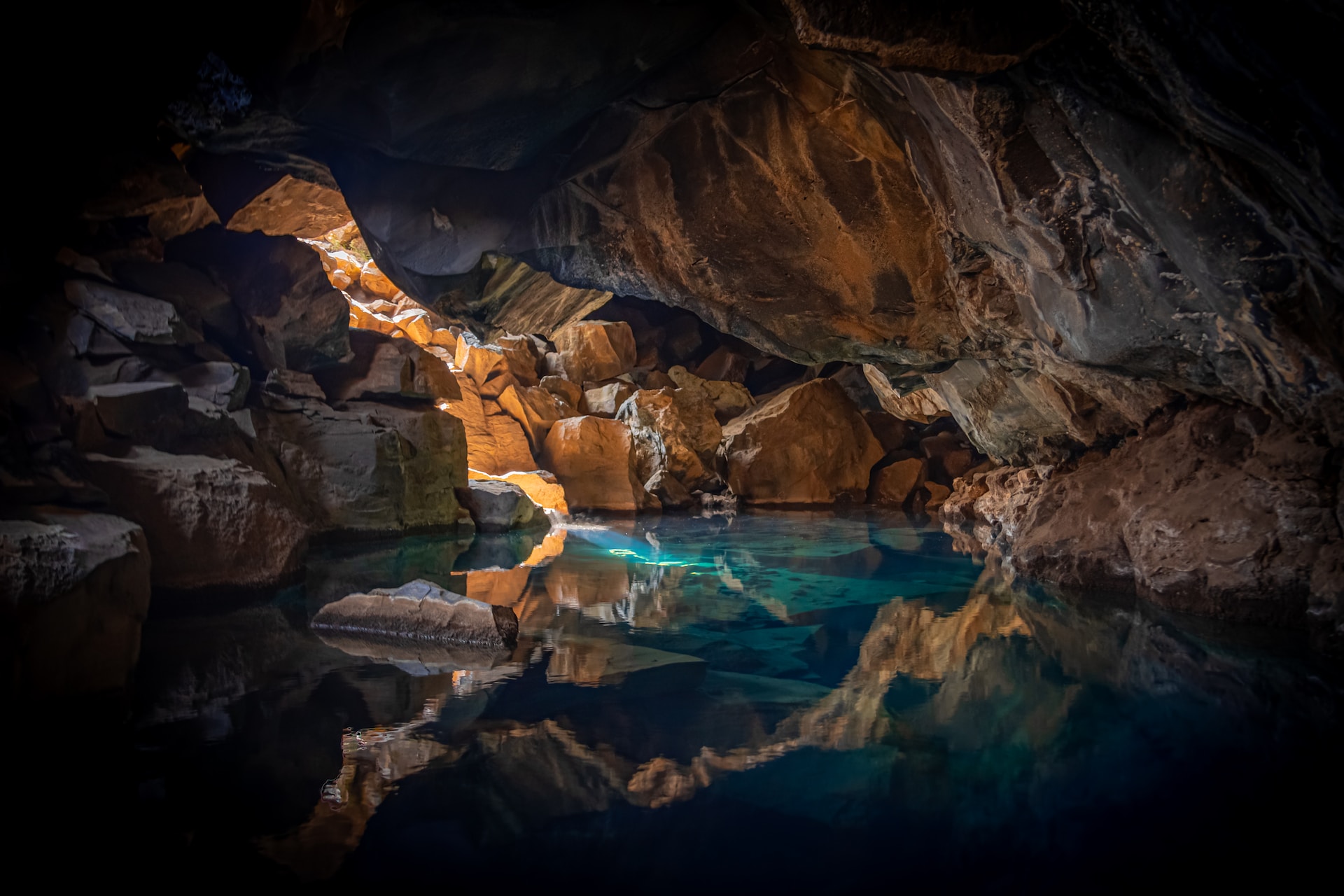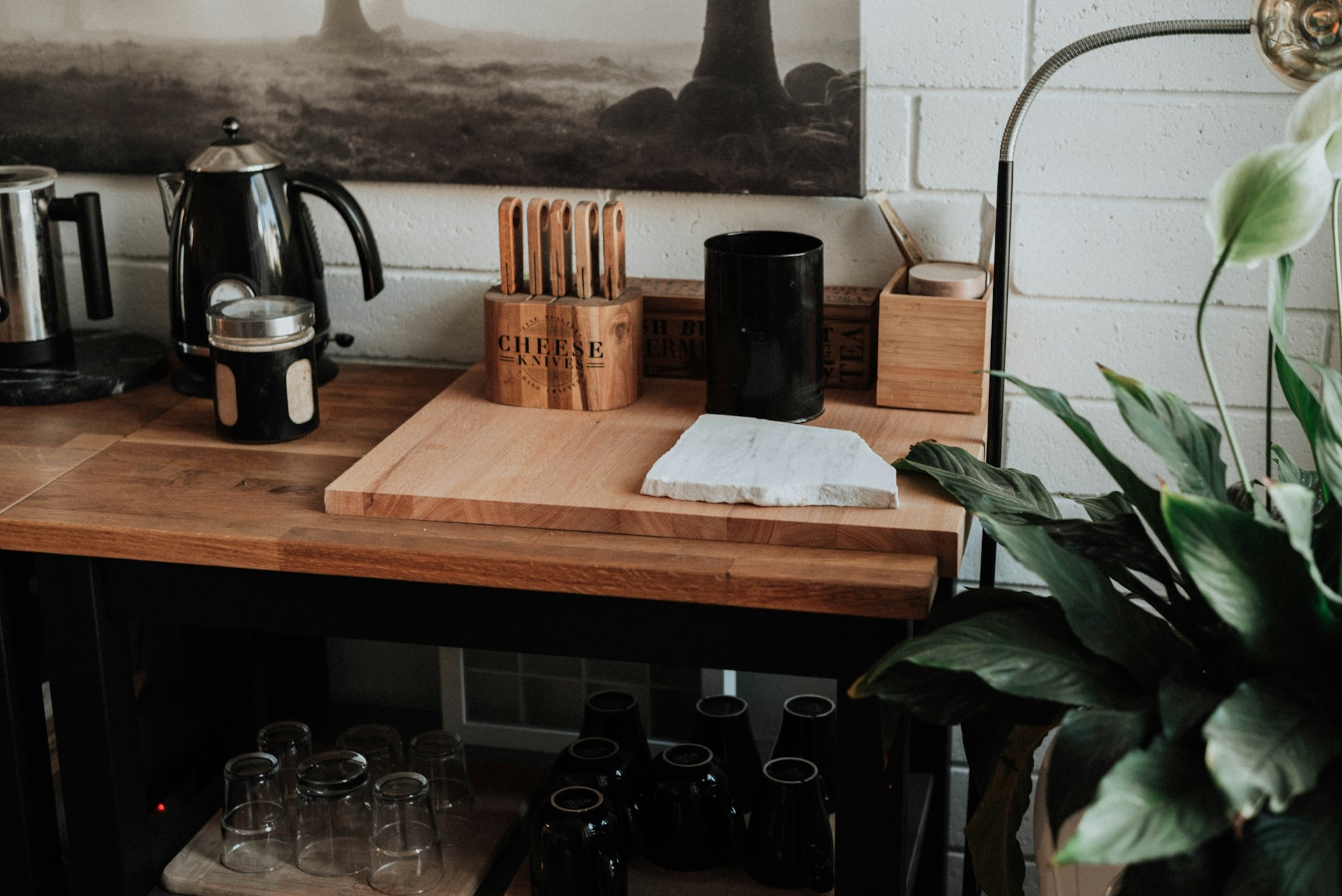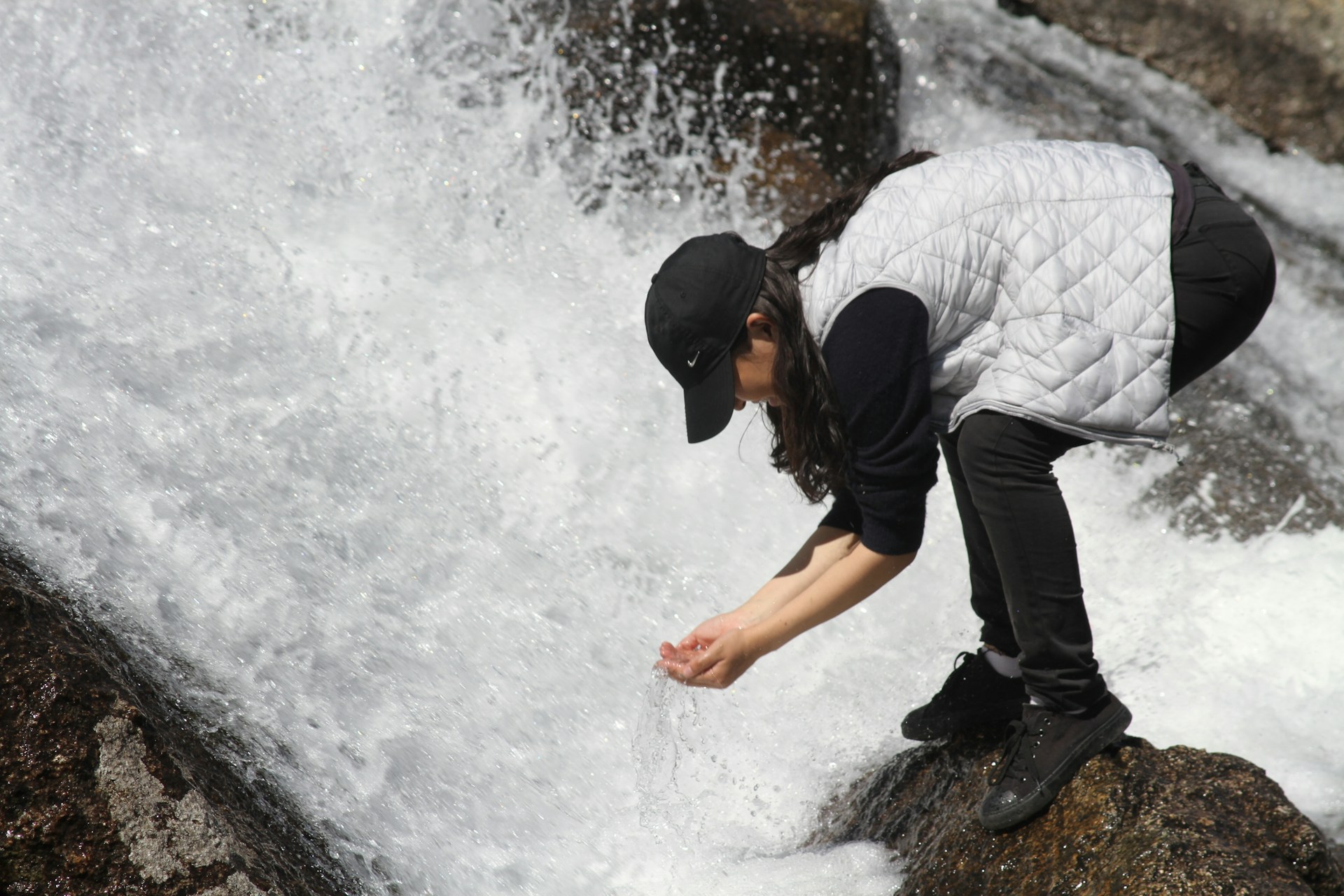Off The Grid
Cave Exploration: A Spelunker’s Tale of Darkness and Discovery

There’s something inherently mystical about caves. They’re like nature’s time capsules, holding secrets from a world that existed long before us. As I stand at the mouth of a cave, I feel a sense of awe and trepidation. It’s a mixture of anticipation and respect for the unknown.
Cave exploration, or spelunking, as it’s often called, is not for the faint of heart. It requires courage, agility, and a sense of adventure. But most importantly, it demands preparedness. Remember, my friends, the wilderness is unforgiving, and caves are its most secretive corners.
Equipment
Before embarking on a spelunking adventure, equip yourself with the right gear. A sturdy helmet to protect your head from low ceilings and falling rocks is essential. A headlamp will serve as your guiding light in the pitch-black depths. Always carry spare batteries; you don’t want to be left in the dark, literally. Wear tough, warm clothing and sturdy boots. Caves can be cold, and the terrain is often wet and slippery. Gloves will protect your hands from sharp rocks and potentially harmful cave critters.
Safety
Remember, safety is paramount. Never go caving alone. Always let someone know where you’re going and when you expect to return. Carry a whistle; its shrill sound can be heard over long distances and could be a lifesaver in an emergency.
Once inside the cave, move slowly and deliberately. The ground can be uneven, and stalagmites might jut out from the floor. Always test your footing before putting your full weight on it.
Caves are fascinating ecosystems, home to unique species that have adapted to life in complete darkness. Bats are the most common residents, but you might also encounter cave crickets, spiders, and even salamanders. Respect these creatures and their habitat. Remember, we’re just visitors in their world.
As you delve deeper, you’ll notice the cave’s architecture. Stalactites hang from the ceiling like icicles, formed by centuries of water dripping down, depositing minerals. Stalagmites rise from the floor, built by the droplets that fall from the stalactites. When a stalactite and stalagmite meet, they form a column, a sight that’s truly breathtaking.
Cave exploration isn’t just about admiring the scenery; it’s also about understanding the geological processes that created it. Each cave tells a story of the Earth’s history, from the slow drip of water that forms stalactites to the powerful rivers that carve out caverns.
Navigate
Navigating through a cave is a test of endurance and mental fortitude. Tight squeezes and steep descents can be challenging, not to mention disorienting. It’s easy to lose your sense of direction in the winding passages. Always mark your route so you can find your way back. Some spelunkers use a breadcrumb trail of biodegradable markers; others prefer to use a map and compass.
As you emerge from the cave, blinking in the sunlight, you’ll feel a sense of accomplishment. You’ve journeyed into the Earth and returned, bearing the imprint of the experience in your heart and mind. You’ve faced the unknown and come out stronger.
Cave exploration is a journey into the heart of our planet, a testament to the power and beauty of nature. It’s a reminder of our place in the grand scheme of things, small yet significant. As we venture into these hidden realms, we don’t just discover caves; we discover ourselves.
So, whether you’re a seasoned spelunker or a curious novice, I invite you to join me in exploring these subterranean wonders. Equip yourself with knowledge, respect for the environment, and a spirit of adventure. The caves are waiting, my friends. Let’s delve into the darkness and discover the secrets they hold.

Off The Grid
10 Foods That Could Save Your Life When Crisis Hits

When a real emergency strikes, the first thing most people lose is access to fresh food. Storms shut down roads, power outages spoil everything in the refrigerator, and grocery shelves empty faster than anyone expects. Having the right foods stored can turn a dangerous situation into something you can manage calmly. The key is choosing items that last a long time, do not require refrigeration, and can give your body the energy it needs when conditions get tough.
Here are ten simple, affordable foods that could literally keep you alive when everything else disappears.
1. Canned Beans
Canned beans are one of the most complete emergency foods on the planet. They are packed with protein, fiber, and slow-burning carbohydrates. They can be eaten cold right out of the can if there is no power. Black beans, kidney beans, chickpeas, and pinto beans all work the same way.
2. Rice
Rice is a survival classic because it lasts for years, stores easily, and gives steady energy. White rice stores longer than brown rice, but both are excellent. Combined with beans, rice becomes a complete meal that keeps you full and focused during tough situations.
3. Peanut Butter
Peanut butter is calorie-dense, shelf-stable, and requires zero preparation. A single spoonful provides fat, protein, and fast energy. It can stay good for months after opening if stored in a cool place. In any emergency, peanut butter becomes a go-to survival powerhouse.
4. Canned Meat
Tuna, chicken, salmon, and Spam all offer long-lasting protein that does not require cooking. Canned meat keeps hunger away and helps your body stay strong when facing stress. Always keep a few cans in your emergency kit or pantry.
5. Oats
Oats are cheap, filling, and versatile. You can eat them hot if you can boil water or cold by soaking them for a few minutes. They give long-lasting energy and help keep your stomach comfortable during stressful times.
6. Shelf-Stable Milk
Powdered milk or boxed shelf-stable milk are lifesavers when refrigeration is gone. They provide calcium, protein, and comfort. Powdered milk lasts the longest and takes up the least space, making it an ideal survival-food staple.
7. Pasta
Pasta stores extremely well and is easy to prepare. Even if you cannot fully boil it, soaking pasta in hot water will make it soft enough to eat. It is a reliable way to stretch meals and keep energy levels steady.
8. Honey
Honey lasts forever. It never spoils and can still be eaten decades later. It boosts energy, soothes sore throats, and adds flavor to otherwise bland survival meals. A small jar goes a long way and can lift morale when days feel long and stressful.
9. Canned Vegetables
Fresh produce is the first thing to disappear during a crisis. Canned vegetables fill that gap with vitamins and hydration. Corn, peas, mixed vegetables, and green beans all store well and give your body the nutrients it normally gets from fresh groceries.
10. Water
No food matters without water. Store at least one gallon per person per day. Bottled water, water jugs, and water purification tablets all belong in your emergency kit. If you have space, keep extra. When the tap stops working or becomes unsafe, clean water becomes the most valuable survival item you own.
Final Thoughts
These ten foods are not fancy and they are not expensive, but they can keep you alive when normal life breaks down. Building a simple survival pantry does not require fear or extreme prepping. All it takes is a few smart choices, a little extra storage space, and the peace of mind that comes with knowing you can take care of yourself no matter what happens outside.
Off The Grid
10 Survival Items Hiding in Your House Right Now

Your kitchen drawer might just be the best survival kit you never built
You don’t need to live in the wilderness or have a fancy bug-out bag to be prepared for an emergency. Most people already own half the tools they’d need to survive they’re just scattered across kitchen drawers, garages, and bathroom cabinets. The secret is knowing what you have and how to use it creatively. Here are ten everyday items that can turn into life-saving tools when things go sideways.
1. Garbage Bags
A simple trash bag can do more than hold waste. Use it as a rain poncho, emergency shelter, ground tarp, or even a water collector. Heavy-duty contractor bags can be stuffed with leaves for insulation or turned into makeshift sleeping bags.
2. Aluminum Foil
Foil is basically metal in your pocket. Wrap it around food to cook over open flame, fashion it into a bowl or wind guard, or use it to reflect heat toward your shelter. You can even fold a small square into a mirror for signaling.
3. Shoelaces
Strong, lightweight, and easy to find. Shoelaces can tie gear, hang food from trees, fix broken zippers, or become makeshift tourniquets. In survival situations, cordage is priceless and you’re probably wearing some right now.
4. Bleach
Unassuming but powerful, regular unscented bleach can disinfect surfaces and purify water. Add just 8 drops per gallon of clear water, mix well, and wait 30 minutes. (If it smells faintly of chlorine afterward, it’s safe to drink.)
5. Coffee Filters
Coffee filters aren’t just for caffeine lovers. They make excellent pre-filters for dirty water, help start fires when dry, and can even work as disposable plates or wound covers. Lightweight and cheap, they’re worth tossing in any emergency bag.
6. Duct Tape
If something’s broken, duct tape can probably fix it. Patch holes, secure splints, seal windows, or twist it into rope. It’s waterproof, durable, and compact a survival MVP in any scenario.
7. Plastic Bottles
Empty water bottles are more useful than they look. Use them to carry and purify water, as makeshift funnels, or to store dry goods. Fill one with water and set it in sunlight for a few hours the UV rays can kill bacteria naturally.
8. Vaseline and Cotton Balls
Together, they’re an instant fire starter. Coat a few cotton balls in petroleum jelly and store them in a small bag. Even in rain, they’ll ignite easily and burn long enough to get a fire going.
9. Paper Clips
A tiny metal multitool. Paper clips can pick locks, fix zippers, clean small gear, or act as hooks and fish lures. They’re proof that even office supplies can have survival value.
10. Hand Sanitizer
Besides keeping your hands germ-free, sanitizer with alcohol doubles as fire fuel. A small squeeze on kindling makes damp wood catch flame faster. Keep a travel bottle in your car or pocket, it’s hygiene and ignition in one.
Final Thought
Survival isn’t about buying gear it’s about using what’s already around you. The next time you open a junk drawer, look again. You might not see a mess; you might see a ready-made emergency kit hiding in plain sight. Being resourceful isn’t just thrifty, it’s one of the best survival skills you’ll ever have.
Off The Grid
What To Do When There’s No Water (And Everyone’s Panicking)

The Water Survival Guide: Finding, Filtering, and Storing the One Thing You Can’t Live Without
You can go weeks without food. Maybe months without sunlight. But go three days without water, and your body starts to shut down. In a real survival situation whether it’s a natural disaster, a grid failure, or getting lost outdoors clean water isn’t optional. It’s the first and most important thing you need to secure.
This guide breaks it down into something simple and doable: how to find, filter, and store safe drinking water anywhere.
1. Finding Water When There’s None in Sight
When the taps stop running, it’s time to think like nature. Start by looking downhill. Water always follows gravity. Watch for damp soil, thick green vegetation, or insect activity these are signs there’s water nearby.
If you’re outdoors, collect rainwater anytime you can. Lay out plastic sheets, ponchos, or even trash bags to funnel it into containers. In the morning, you can also gather condensation by wrapping a T-shirt or towel around grass or branches and wringing out the moisture.
In urban settings, drainpipes, water heaters, and toilet tanks (not the bowl) can provide clean, stored water in an emergency.
2. Filtering and Purifying
Finding water is only half the job making it safe is what keeps you alive. Clear-looking water can still contain bacteria, chemicals, or parasites. The rule of thumb: If you didn’t see it come out of a sealed bottle, purify it.
Here are the main ways:
- Boiling: The oldest and most effective method. Bring water to a rolling boil for at least one minute (three if you’re at high altitude).
- Bleach: Add 8 drops of regular, unscented bleach per gallon of water. Wait 30 minutes before drinking.
- Filters: Portable straw filters, gravity filters, or ceramic pumps remove most contaminants. Always follow up with chemical treatment if possible.
- Improvised options: Pour water through layers of cloth, sand, or charcoal to remove sediment before purification.
3. Storing Water for the Long Haul
Once you’ve got clean water, store it like it’s liquid gold. Use food-grade plastic containers, glass jugs, or heavy-duty bottles with tight seals. Keep them in a cool, dark place away from chemicals and direct sunlight.
A good goal is one gallon per person per day half for drinking, half for cooking and hygiene. Rotate your supply every six months to keep it fresh.
The “Clean Water Anywhere” Method
If you forget everything else, remember this three-step formula:
Find it. Clean it. Protect it.
Locate a source, purify it before you drink, and store it safely for when things get worse.
Final Thought
Water is the ultimate equalizer. It doesn’t care how strong, rich, or prepared you are without it, nothing else matters. Learn how to find and protect it now, before you ever have to. Because when the world runs dry, those who know how to stay hydrated will be the ones who stay alive.
-

 Tactical2 years ago
Tactical2 years ago70-Year-Old Fends Off Intruder with Lead-Powered Message
-

 Tactical2 years ago
Tactical2 years agoVape Shop Employee Confronts Armed Crooks, Sends Them Running
-

 Preparedness1 year ago
Preparedness1 year agoEx-Ballerina’s Guilty Verdict Sends Tremors Through Gun-Owner Community
-

 Off The Grid1 month ago
Off The Grid1 month ago10 Foods That Could Save Your Life When Grocery Shelves Are Empty
-

 Preparedness1 year ago
Preparedness1 year agoGood Samaritan Saves Trooper in Harrowing Interstate Confrontation
-

 Nature and Wildlife1 month ago
Nature and Wildlife1 month ago10 Survival Skills You Should Learn Before You Need Them
-

 Tactical2 years ago
Tactical2 years agoMidnight SUV Theft Interrupted by Armed Homeowner’s Retaliation
-

 Preparedness5 months ago
Preparedness5 months agoHow Much Gasoline Should You Store for Emergencies?